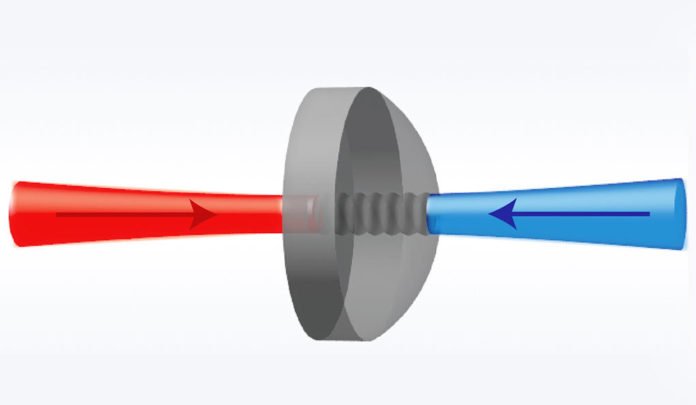By using laser light, Yale scientists have gained access to long-lived sound waves in crystalline solids as the basis for information storage.
At room temperature, sound waves vanish quickly, making them less engaging for data storage. Be that as it may, at cryogenic temperatures, where numerous quantum advances work, sound waves in pristine crystals, for example, silicon, quartz, and sapphire, can last any longer.
The new study, led by assistant professor of applied physics and physics Peter Rakich, describes how such long-lived sound waves can be both efficiently generated and controlled using laser light.
William Renninger, a former member of the Rakich lab and the study’s first author, said, “This surprisingly simple system combines aspects of classical nonlinear optics and quantum cavity optomechanics to enable exciting techniques for state-of-the-art devices in addition to avenues for fundamental exploration.”
“There is a potential for commercial application of these acoustic devices. A laser-based on sound could enable new approaches for precision time-keeping in modern communication systems.”
Prashanta Kharel, a graduate student in Rakich’s lab and co-author of the study, said, “Such interactions between light and sound in specially engineered crystals could enable new devices for future quantum networks.”
Co-author Ryan Behunin, a former member of the Rakich lab who is now a professor at Northern Arizona University, said, “We’re very excited about the prospects for this work. In the future, we hope this system will enable searches for new physics, unique forms of precision sensing, and novel approaches to quantum information processing.”
The result was published online April 2 in the journal Nature Physics.
